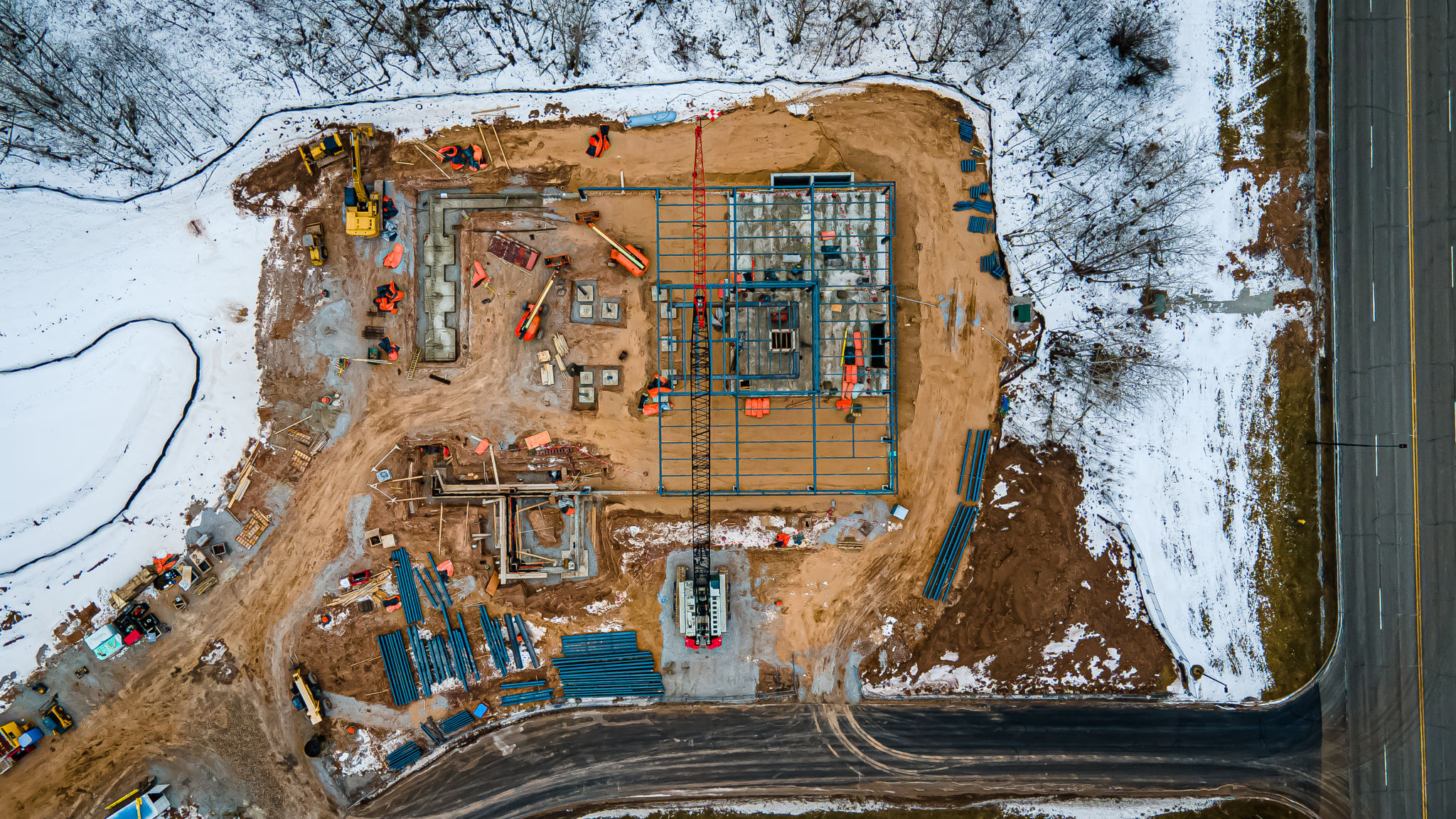How Seasonal Weather in South Australia Affects Scaffolding Projects
Introduction to South Australia's Climate
South Australia is known for its diverse climate, which can vary significantly from one region to another. From the arid outback regions to the temperate coastal areas, the weather in South Australia can have a profound effect on construction projects, particularly scaffolding. Understanding these seasonal changes is crucial for planning and executing scaffolding projects efficiently and safely.
Summer Challenges
During the summer months, South Australia often experiences extreme heat, with temperatures sometimes soaring above 40 degrees Celsius. This intense heat poses several challenges for scaffolding projects. Workers are at risk of heat exhaustion, and materials can expand and contract, potentially affecting structural integrity. Proper hydration and regular breaks are essential for the workforce.

Additionally, the hot weather can cause metal scaffolding to become dangerously hot to touch, necessitating the use of protective gear. It's also important to schedule work during cooler parts of the day, such as early mornings or late afternoons, to mitigate these risks.
Winter Weather Impacts
In contrast, winter brings cooler temperatures and increased rainfall, especially in southern parts of the state. This wet weather can lead to slippery surfaces on scaffolding, increasing the risk of accidents. It's crucial to implement safety measures such as non-slip surfaces and regular inspections to ensure stability.
Moreover, rain can delay projects as work might need to be paused for safety reasons. Proper drainage systems should be in place around scaffolding sites to prevent water accumulation that could compromise the structure.

Spring and Autumn: The Transitional Seasons
Spring and autumn offer milder weather conditions in South Australia, making them ideal times for scaffolding projects. However, these seasons can still bring unpredictable weather patterns, including sudden storms or high winds. It's vital to remain vigilant and flexible in project timelines.
Ensuring that scaffolding is securely anchored is essential during these times, as unexpected gusts of wind can pose significant risks. Regular weather checks should be a part of daily routines to prepare for any sudden changes.
Regional Variations
While coastal regions may experience more moderate conditions, inland areas can have more extreme temperature fluctuations. It's important for project managers to consider these regional differences when planning scaffolding projects, as they may require different strategies and materials.

For instance, using materials that can withstand both high temperatures and significant rainfall variations will ensure the longevity and safety of scaffolding structures across diverse locations.
Conclusion
In conclusion, understanding and adapting to the seasonal weather patterns in South Australia is essential for the successful execution of scaffolding projects. By accounting for these climatic challenges, construction teams can ensure safety and efficiency across all seasons. Planning ahead and implementing robust safety measures will not only protect workers but also contribute to the timely completion of projects.
